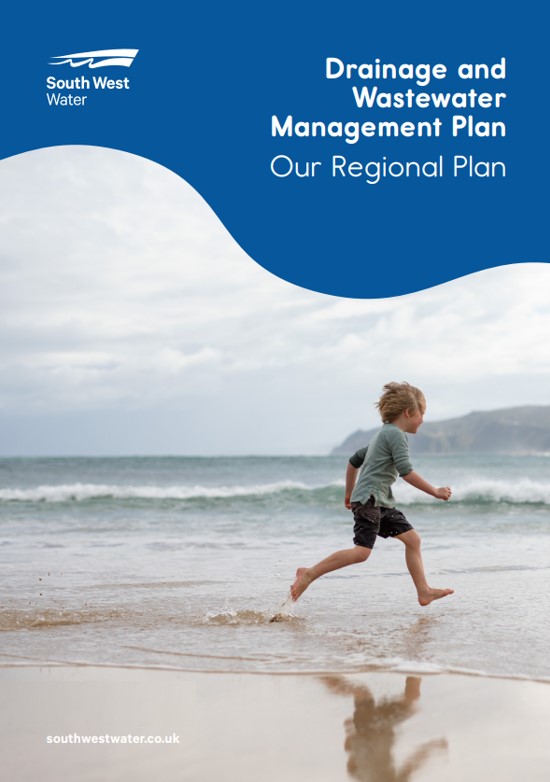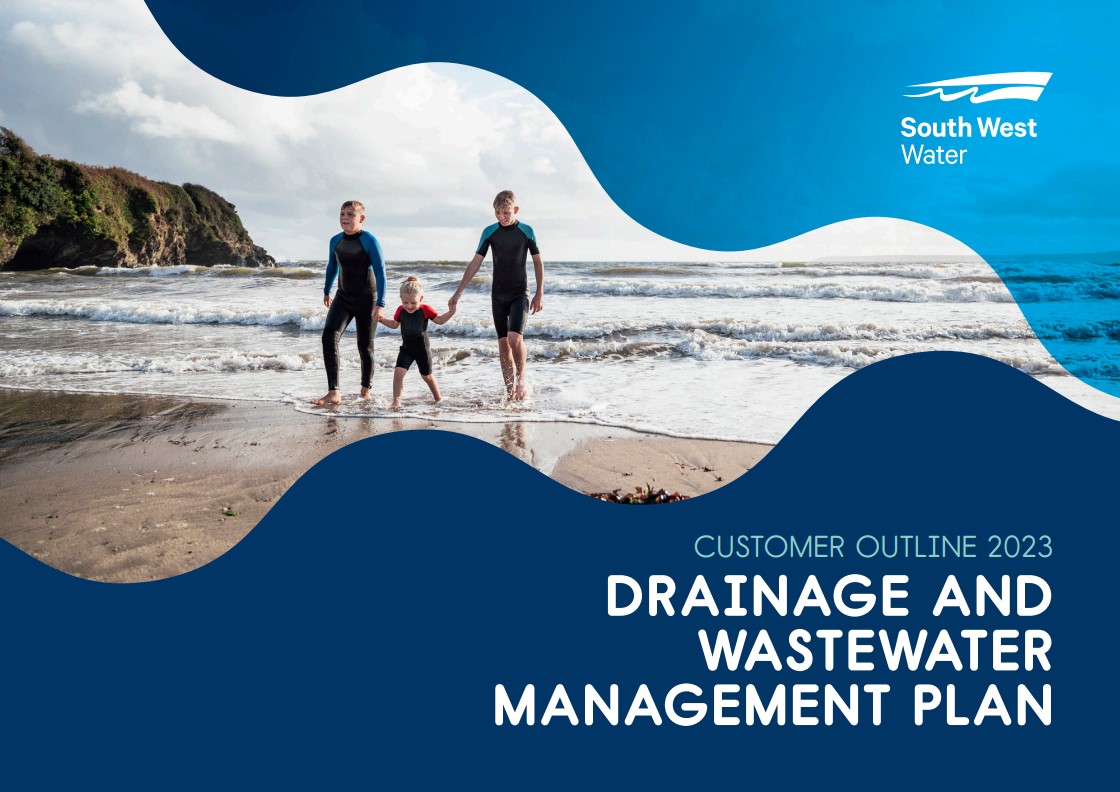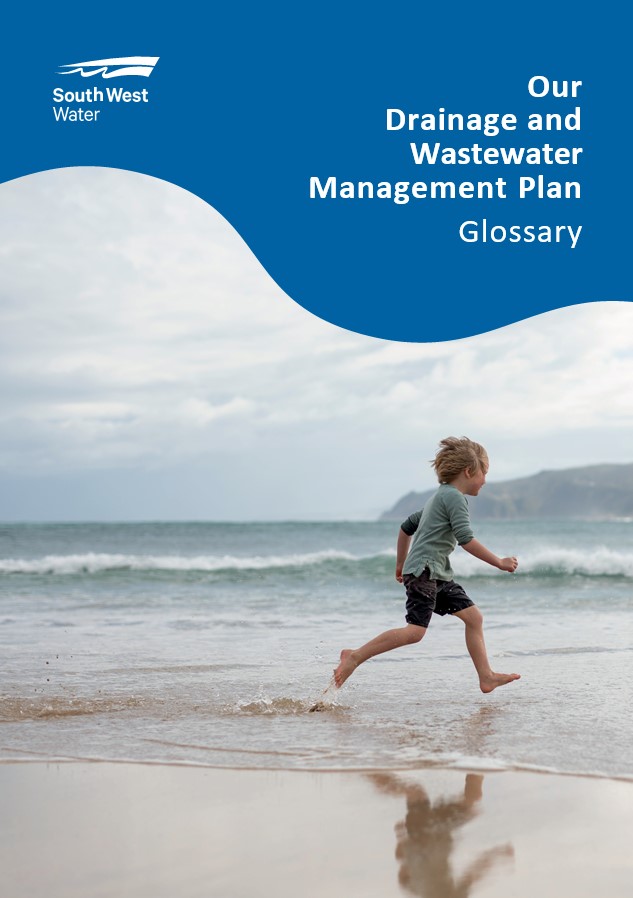
South West Water’s first ever Drainage and Wastewater Management Plan
We’re pleased to share our first Drainage and Wastewater Management Plan – or DWMP – have a look via the links below.
DWMPs are long term plans that outline how we plan to approach and manage sewerage and wastewater in our region over the next 25 years.
Our aim is to set out how we will evolve our water recycling system into one that future generations can be proud of and will:
- Protect people, homes and businesses from flooding
- Support tourism and the long-term economic health of the region
- Increase the use of nature-based solutions, innovating to protect our unique environment and reducing our carbon footprint
- Eradicate pollutions and the damage caused by plastics, fats and wet-wipes for the long-term benefit of all.

What is a DWMP?
Our DWMPs are long term plans that outline how we plan to approach and manage sewerage and wastewater over the next 25 years. They provide us with the opportunity to understand the impact on our network of things such as:
| Population growth - new housing developments and increased occupancy of exisiting homes | |
| Climate change - more volatile weather, severe rainfall events, longer dry periods | |
| Urban creep - paving over of urban areas such as parks and gardens, removing natural soakways for rainwater surface run off |
We know that how we respond to these issues will have a huge impact on our region and communities. The decisions we make will impact on our customers and the environment that we live and work in for many years, so it’s important we get those decisions right.

Our Plan to 2050
Our first DWMP was published on 31 May 2023 and was developed in line with the industry framework.
You can read our plan below, as well as our customer and technical summaries.
 |
 |
 |
 |
| Our Regional Plan | Customer outline | Technical Summary | DWMP Glossary |
Technical Appendices
Strategic catchments
Each wastewater treatment works in our region has an area that it serves – we like to call these catchments. Currently, we have c. 653 of these! To enable us to focus our planning we have split these into 22 larger catchments – this means we can manage our region as an entire system rather than looking at smaller challenges isolated to individual treatment works.
You can find out more about our plans for each of these areas using the map opposite - please click on the orange dots to read the plan for each catchment or the full list can be found in the section below.
Other useful documents
The full list of our supporting documents, including draft versions of our plans from June 2022 can be found in our Document Library.

21st Century Drainage Programme
Protecting health, supporting communities, securing the environment now and for the future.
- How much capacity do our drains actually have? How much more do we need to ensure we can cope with a changing climate?
- How do we assess what new investment will provide the biggest benefit?
- How can we help customers understand what can and cannot go down the loo?
- How do we explain better what we are doing about drainage?
- How do we make drainage simpler and more consistent for all the different people who are involved?
